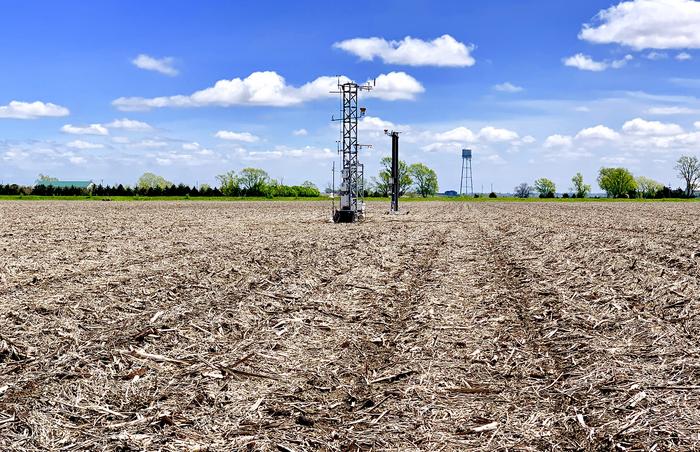Researchers at the University of Birmingham have revealed how plants ‘hedge their bets’ by getting their seeds to germinate at different times. Their work identifies routes to reduce variability in agriculture and produce more consistent outcomes for farmers and food production, according to research published.
The findings, published in the Journal of The Royal Society Interface, identify the origin of a ‘gambling’ approach to germination in Arabidopsis thaliana, more commonly known as thale cress.
Seeds from the same plant germinate at different times to hedge against environmental challenges that plants have faced through history. This variability is bad news for agriculture, where farmers want uniform fields of crops.
Stochasticity, the random nature of biochemical processes, is an unavoidable feature underlying cell biology, and some organisms – including plants – have evolved ways to harness this randomness. By identifying and analyzing a circuit in plant cells that ‘rolls the dice’ – generating a degree of randomness in a hormone that controls germination – and revealing ways to reduce this variability, the researchers hope to provide the foundations for work that will be able to persuade plants to germinate more uniformly.
Such an advance would allow farmers to increase their potential yields, posing a possible solution to agronomic and food security challenges.
With hormone levels being incredibly difficult to observe in real-time in plant embryos, the team turned to mathematical modeling to predict how biological processes will unfold.
Iain Johnston, from the school of Biosciences at the University of Birmingham, says: ‘It’s really this interface of biology with maths that lets us understand and predict the processes generating variability in plant cells.’
Co-author George Bassel, also of the school of Biosciences at the University of Birmingham, adds: ‘Our identification of this variability-generating circuit provides the opportunity to synchronize and enhance future agricultural production.’
Previous work by Bassel and Johnston has identified how plants cells use hormones to communicate, to assess environmental conditions around them and optimize the time when they begin germination.













